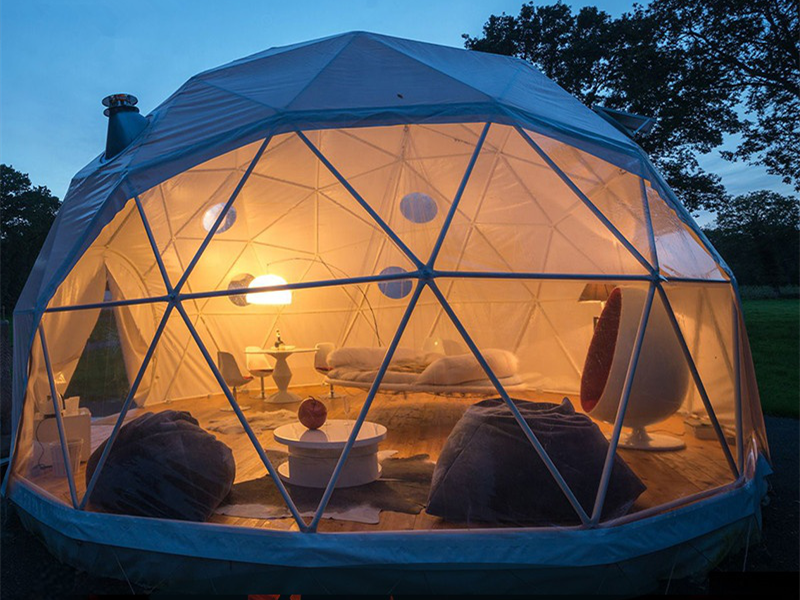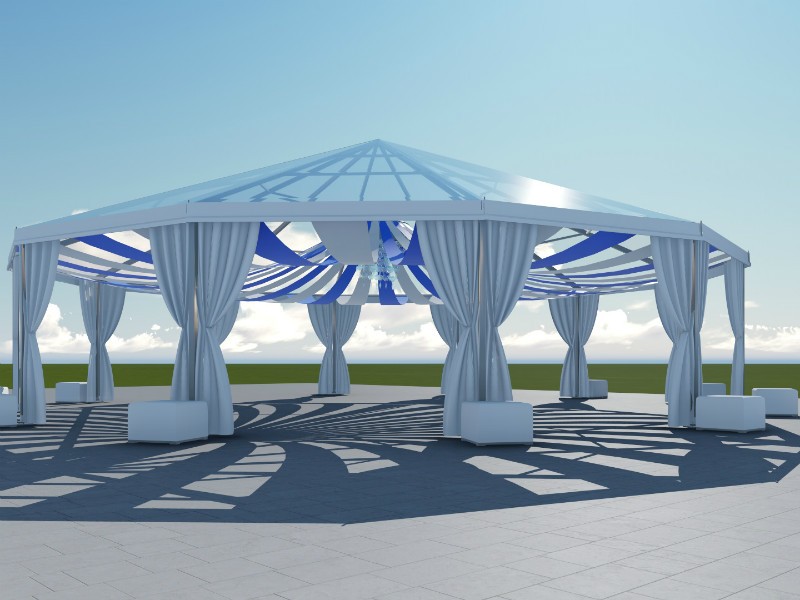Article Draft (Part 1)
Introduction
In the modern world, natural disasters strike with increasing frequency and intensity. Earthquakes, floods, hurricanes, wildfires, and other emergencies often leave thousands of people without safe accommodation. In these moments of crisis, the role of a emergency shelter becomes critical. Governments, NGOs, humanitarian agencies, and international organizations rely heavily on effective shelter solutions to provide immediate protection and long-term stability for affected communities. Among the many options available, the aluminum alloy tent has proven to be one of the most reliable, durable, and adaptable structures for post-disaster response.
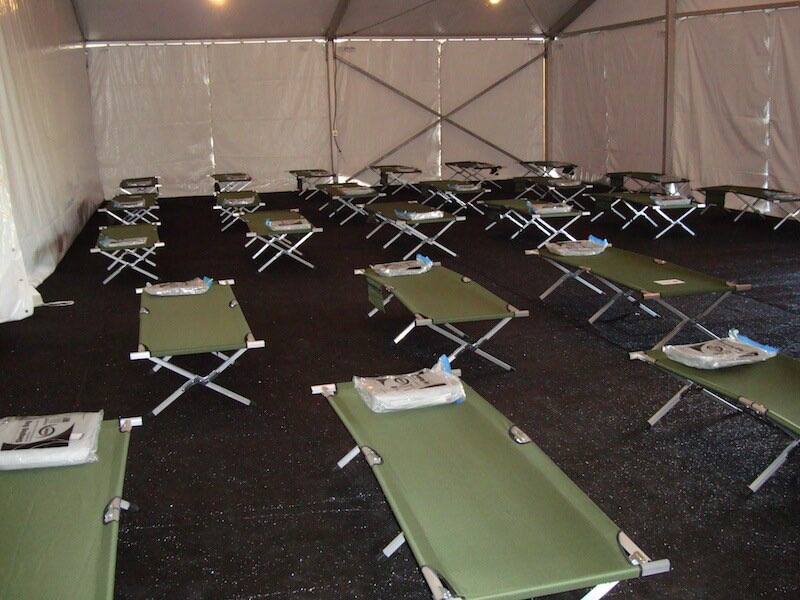
A disaster relief tent is not simply a piece of fabric stretched across poles. It is a fully engineered emergency shelter designed to withstand harsh weather conditions, provide comfort and privacy, and serve as a foundation for rebuilding lives. In situations where victims are displaced and need urgent accommodation, a refugee tent or a form of emergency shelter can literally mean the difference between survival and suffering.
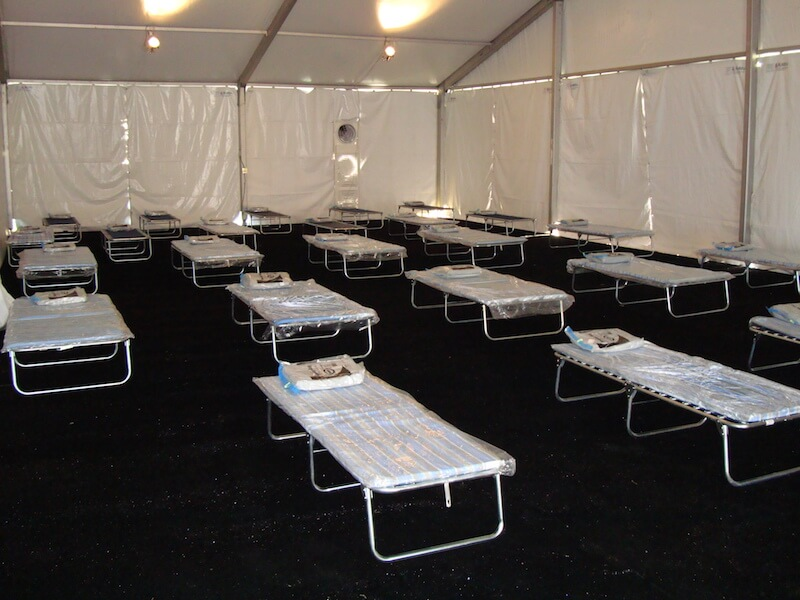
The advantage of using an aluminum alloy tent lies in its unique balance of strength, portability, and ease of installation. Unlike traditional steel or wooden structures, aluminum alloy is both lightweight and highly resistant to corrosion, which means that tents built from this material can be quickly transported to disaster zones and set up within hours. This makes the emergency shelter a frontline solution in humanitarian response strategies.
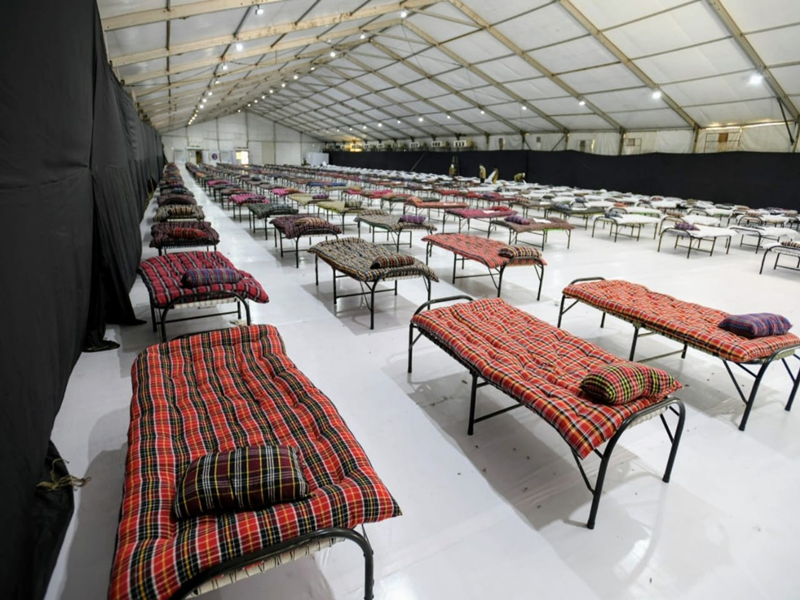
Furthermore, beyond initial relief operations, these structures often serve as long-term solutions for temporary housing in refugee camps, community resettlements, and medical facilities. In many cases, an emergency shelter designed with aluminum alloy frames can transition seamlessly into a semi-permanent refugee tent settlement, accommodating families, schools, clinics, and supply centers. This versatility demonstrates why the aluminum alloy tent is becoming the global standard in humanitarian response and post-disaster management.
What is a Disaster Relief Tent?
A disaster relief tent is a specially designed structure intended to provide immediate protection for people who have lost their homes due to natural or man-made disasters. Unlike recreational camping tents, a disaster relief tent focuses on durability, scalability, and efficiency. It must be capable of protecting individuals and families in extremely challenging environments, from scorching deserts to freezing mountains and from flooded plains to storm-ravaged coastlines.
The essential function of a disaster relief tent is to serve as an emergency shelter. When catastrophe strikes, rapid deployment is critical. Victims need an emergency shelter that provides safety from the elements, personal space, and a sense of stability amid chaos. A well-constructed aluminum alloy tent can meet all these demands while maintaining portability and cost-effectiveness.
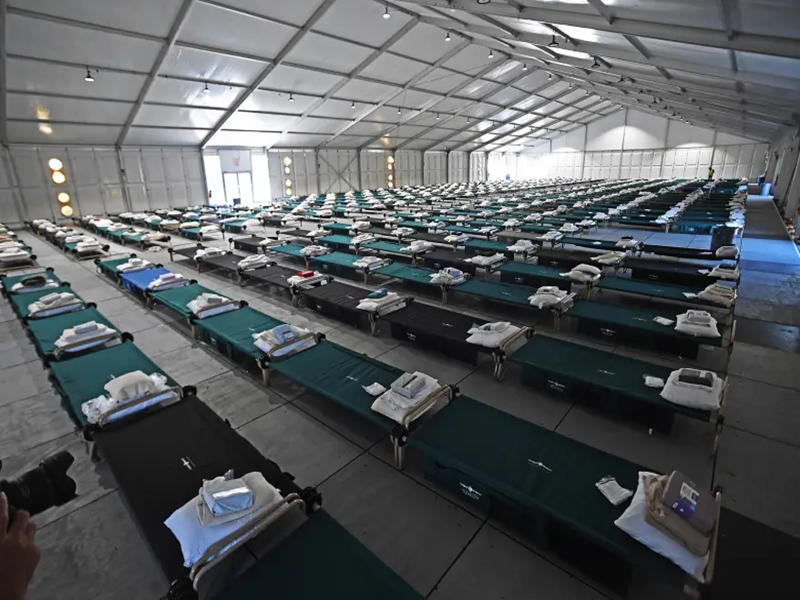
A typical disaster relief tent is built with strong frames, usually aluminum alloy, to provide structural integrity, and heavy-duty waterproof fabrics to resist wind, rain, and UV radiation. The use of aluminum alloy tent technology has revolutionized the disaster relief sector by combining lightness and strength, allowing tents to be shipped in bulk and assembled by small teams in record time.
Beyond individual family shelters, a disaster relief tent can also serve collective purposes. Governments and NGOs frequently use refugee tents as community centers, food distribution points, classrooms, or field hospitals. In such cases, the emergency shelter becomes more than a roof—it becomes a hub of survival and recovery. Large-capacity aluminum alloy tents are particularly suitable for this role because of their modular designs, which allow them to be expanded or reconfigured depending on the needs of the situation.
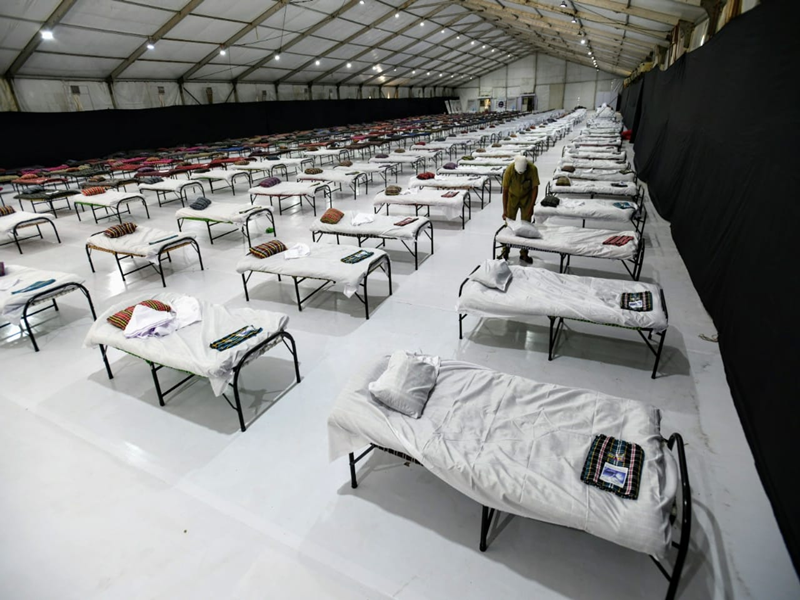
Additionally, the concept of temporary housing is closely linked with the disaster relief tent. While emergency response may last only a few days, the reality of disaster recovery often extends for months or even years. Many displaced families may live in temporary housing units for extended periods before permanent reconstruction is possible. In these circumstances, the durability and comfort of the aluminum alloy tent ensure that the refugee tent does not feel like a mere temporary fix but rather a safe and sustainable home during the recovery phase.
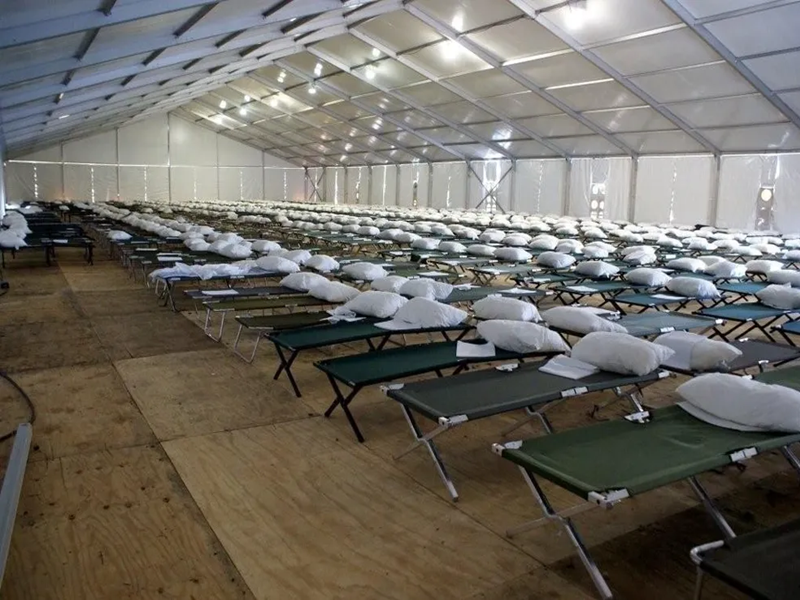
The importance of the disaster relief tent cannot be overstated. Without these shelters, survivors are left vulnerable to weather, disease, and psychological stress. By contrast, a well-structured emergency shelter or refugee tent offers hope, dignity, and security. The integration of aluminum alloy tent technology further strengthens this mission, ensuring that relief efforts are fast, scalable, and effective across diverse disaster scenarios.

